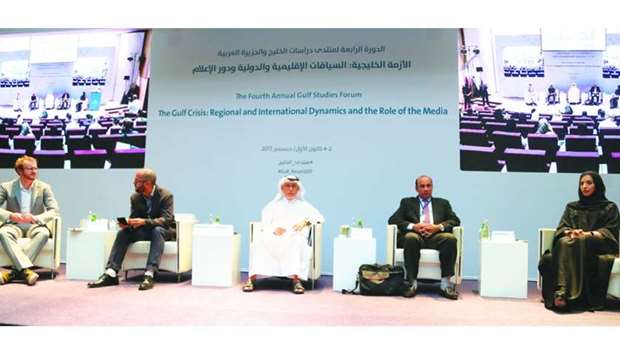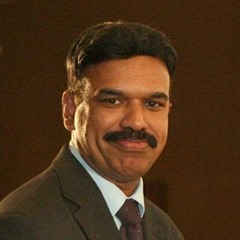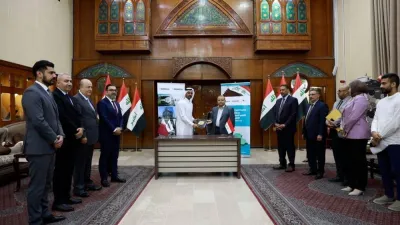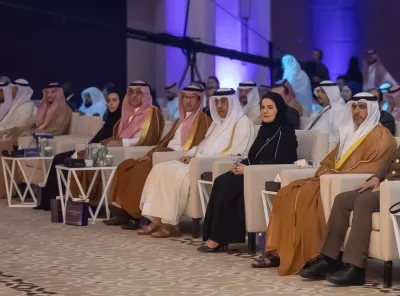Taking part in a panel discussion on ‘Social Media in the Gulf Crisis,’ Maryam al-Khater, a post-doctoral researcher at the Australian National University who is specialising in the impact of new media on conflict and political transformations in the Gulf region, said that it was a propaganda mobilisation through Twitter by the siege countries.

A section of the audience at a panel discussion.
The session was also attended by Andrew Leber, a PhD student at Harvard University’s Department of Government, Alexei Abrahams, research fellow at Princeton University’s Niehaus Centre for Globalisation and Governance and Abdulrahman Mohamed al-Shami, associate professor in broadcast journalism in the Department of Mass Communication, Qatar University. The session was chaired by Jaber al-Harmi, noted Qatari journalist.
“Blockading countries used media to create problems and crisis by hacking QNA website and spreading fake news. This was a strategy based on a campaign similar to the Israeli project in 2009. This is the strategy of changing the attention from the main issue as Israelis shifted the focus from occupation to terrorism in the Palestinian issue,” said al-Khater.
“People generally tend to believe what they hear on the local media. The siege countries closed down all the channels of communication from Qatar and spread all the rumours and fake news about Qatar in their countries. Al Jazeera was blocked in these countries even before QNA was hacked so that the people do not get a different version of what is being propagated by the local media in those countries,” al- Khater explained.
According to al-Khater, who had collected over two million tweets related to the Gulf Crisis and analysed over 330,000 of them said that Twitter was major propaganda tool for the siege countries especially Saudi Arabia which has the highest Twitter penetration in the region. “Qatar was propagated as a country that supports terrorism triggering a hashtag war on Qatar through fake addresses. Such cyber armies, probably by government and other organisations spread all the hate speech and false news creating a vicious atmosphere,” added al-Khater.
Leber and Abrahams in their joint presentation highlighted that social media is either used for hegemony or polarity. “There are two roles of social media. During certain evolving events, it is a tool for mobilisation while, at other times, it is a tool for cultivating opinion. During the Gulf Crisis, out of 14mn tweets, 90% were re-tweets. Only 28% made any original tweets and top 2% of the most re-tweeted ones made 73% of the traffic,” they highlighted.
Al-Shami highlighted how Qatari journalists approached the social media during the Gulf Crisis and what were their reactions to the situation. He also pointed out that several of the reactions were far more mature than the one from the blockading countries.
The forum on 'The Gulf Crisis: Regional and International Dynamics and the Role of the Media' will conclude today.

The panelists at the session at the Fourth Annual Gulf Studies Forum yesterday. PICTURES : Jayan Orma
Hashtag campaigns were run through social media especially on ‘Twitter’, to malign Qatar by propagating a number of false news against the country and its leadership in the aftermath of the blockade on Qatar by some neighbouring countries, a social media analyst told the Fourth Annual Gulf Studies Forum on Sunday.



